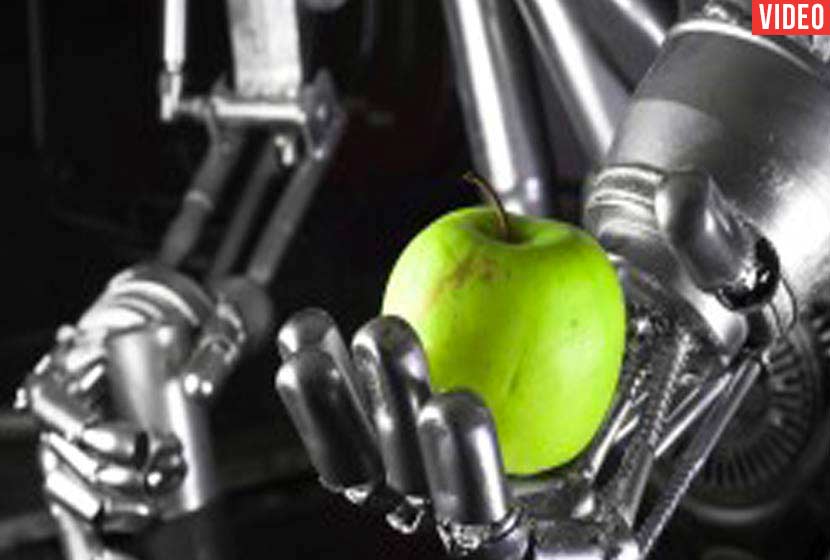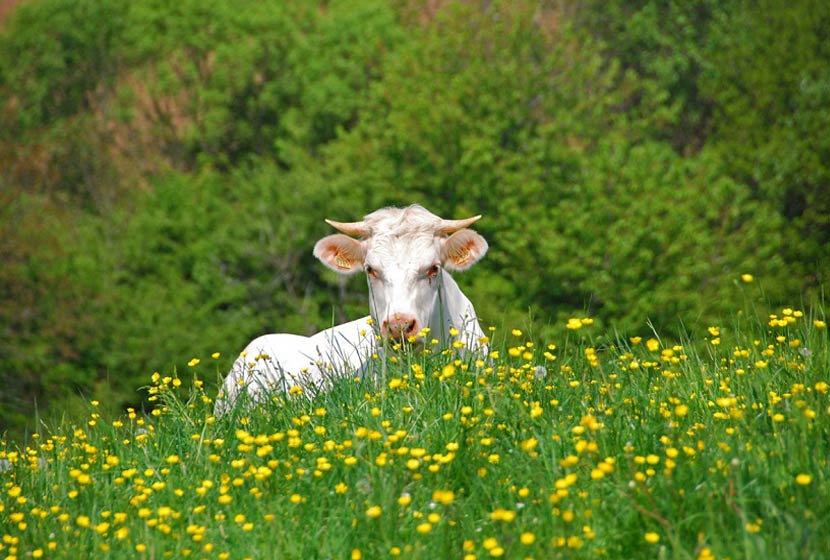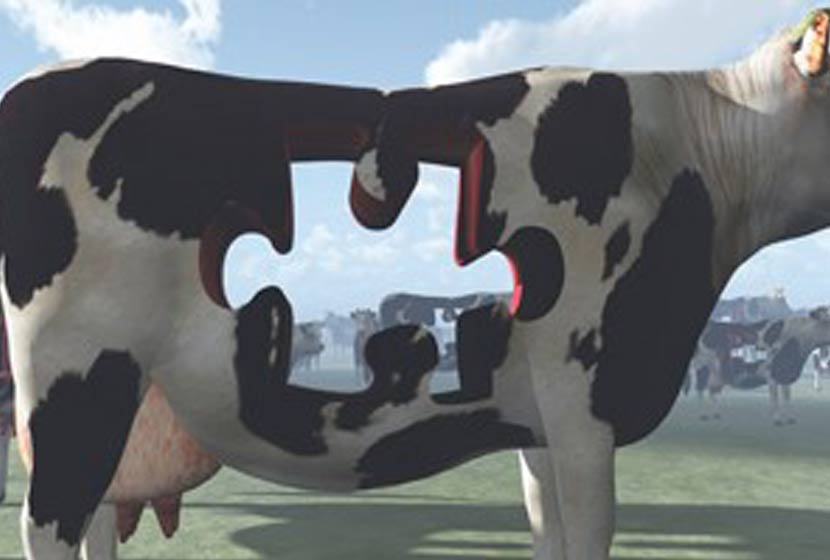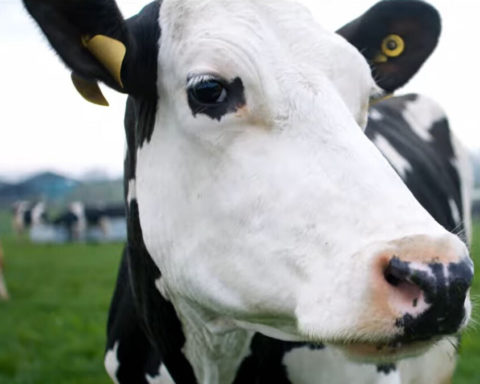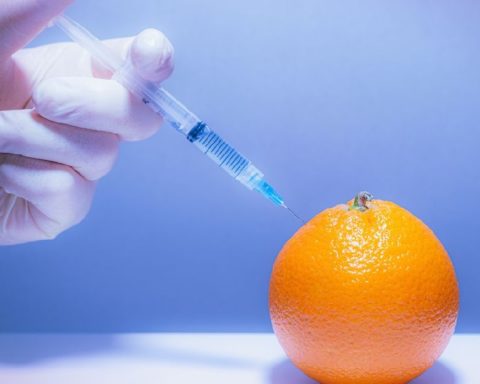As you know, this is currently the Salon de l'agriculture and SIMA (agricultural machinery) - the opportunity to check whether agriculture is on the move according to the theme of Salon 2015. Agriculture on the move to eat better...to preserve the planet...and to innovate! says the claim.
And when it comes to innovation, it seems to me that it is relevant to make a synthesis of the really cool technological innovations.
Drones, applications, software, robots' cultivators - Data'farmer...agriculture is becoming more and more technologically advanced. All over the world, including France, more and more farmers are turning to technology to optimise their farm resources, save money and meet environmental and technological challenges.
Among the "funny" technologies well, agridrones at the service of reasoned intensive agriculture
 The Pioneer Airinov offers a turnkey system, drone and sensor, developed specifically for agriculture. The Airinov agricultural UAV allows farmers to carry out precise mapping of their farm and thus to better understand their nitrogen needs or the quantity of biomass.
The Pioneer Airinov offers a turnkey system, drone and sensor, developed specifically for agriculture. The Airinov agricultural UAV allows farmers to carry out precise mapping of their farm and thus to better understand their nitrogen needs or the quantity of biomass.
In the 2013-2014 season alone, nearly 2,000 farmers have subscribed to the Airinov "nitrogen recommendations for field crops" service. Nitrogen is an important nutrient for plant growth. The drone carries the agroSensor, a sensor designed by Airinov in partnership with the French National Institute for Agronomic Research (INRA). This sensor enables the mapping of agronomic indicators useful to farmers.
 Farmer Jean-Baptiste Bruggeman tested the drone and testified to his experience in an article from Infohightechlast July: " The very precise recommendations provided to me by Airinov are of a reactivity and speed that no other decision support tool can offer. This allows me to know the necessary inputs on my plots between 24 and 72 hours after the passage of the drone and helps me to bring nitrogen at the most opportune moment ... I noticed a clear increase in yield and quality, as well as a lower nitrogen residue after harvest at the different locations of the modulated plots ".
Farmer Jean-Baptiste Bruggeman tested the drone and testified to his experience in an article from Infohightechlast July: " The very precise recommendations provided to me by Airinov are of a reactivity and speed that no other decision support tool can offer. This allows me to know the necessary inputs on my plots between 24 and 72 hours after the passage of the drone and helps me to bring nitrogen at the most opportune moment ... I noticed a clear increase in yield and quality, as well as a lower nitrogen residue after harvest at the different locations of the modulated plots ".
 Currently at the Salon du machinisme agricole, the PACICC From February 22 to 26, four French entities, Airbus Defence & Space, Delta Drone, Arvalis l'institut du végétal and CETIOM (Oilseed Technical Centre), are promoting a new option based on the use of UAVs. The service will be available for the next 2015/2016 sowing campaign. Farmstar currently uses satellite and aircraft images combined with agronomic models to help more than 14,000 farmers apply the right amount of fertilizer to every part of their wheat, barley, rapeseed, triticale and other crops.
Currently at the Salon du machinisme agricole, the PACICC From February 22 to 26, four French entities, Airbus Defence & Space, Delta Drone, Arvalis l'institut du végétal and CETIOM (Oilseed Technical Centre), are promoting a new option based on the use of UAVs. The service will be available for the next 2015/2016 sowing campaign. Farmstar currently uses satellite and aircraft images combined with agronomic models to help more than 14,000 farmers apply the right amount of fertilizer to every part of their wheat, barley, rapeseed, triticale and other crops.
 Another great revolution-innovation: Agricultural Robotics
Another great revolution-innovation: Agricultural Robotics
In February 2014, market research published by Wintergreen Research estimated the global market for agricultural robotics to be $817 million in 2013. According to this firm, this figure could be multiplied by 20 in 10 years, reaching $16.3 billion by 2023. In reality, it is likely that this market will grow even more significantly, particularly because of the huge needs that agricultural robotics could meet in emerging countries.
 Already abroad robots are making their entrance on the farm - "the robot is in the meadow."
Already abroad robots are making their entrance on the farm - "the robot is in the meadow."
After decades of experimentation and trial and error, the robots have finally made their debut on the farm. In Australia, for example, the University of Sydney has developed an amazing robot called LadyBird. This totally autonomous machine works thanks to solar energy and circulates in the rows of plantations to monitor and analyse the plants. This robot has already successfully passed many tests in vegetable fields but is only monitoring the "good health" of the crops and plantations. Thanks to its numerous sensors and cameras, it quickly detects any anomalies (presence of weeds, pests, poor growth) and warns the farmer, who can then take immediate action.
 But Australian researchers don't intend to stop there and are already working on developing other types of agricultural robots, capable not only of monitoring crops but also of harvesting or weeding without human intervention.
But Australian researchers don't intend to stop there and are already working on developing other types of agricultural robots, capable not only of monitoring crops but also of harvesting or weeding without human intervention.
This type of machine is already in use in the vineyards, with the robot VitiRoverThe "Vine Mower" is an astonishing little four-wheeled vehicle used to mow the vegetation around the vine stocks.
To be even more efficient, these agricultural robots are increasingly assisted by UAVs, which provide very precise aerial views of crops and detect in near real time the many types of problems likely to affect or reduce agricultural productivity.
Fertilizer robots with drone assistant
These new agricultural robots are also beginning to be used in fertilization and are making it possible to reduce the use of chemicals very significantly. In the United States, for example, corn growers in the Midwest are beginning to use a new type of robot specially designed to fertilize corn fields and developed as part of a research project at Carnegie Mellon University.
The Breeding Robot
 Robots are also completely transforming the livestock sector. Christophe and François Seynaeve, who have been raising livestock for 25 years in Serques, in the Pas-de-Calais region, have been using a new, highly sophisticated milking method since the beginning of the year, which has literally transformed the profession and the lives of these farmers. In this high-tech farm with around sixty animals, each cow is fitted with a communicating electronic collar that allows the robot to recognize her and deliver the exact amount of concentrate and nutrients she needs. While her cows are feeding, the robot cleans the udder and then four laser-guided teats are positioned on the cow's udders. The robot is controlled by special software that allows milking at least twice a day, while limiting the number of daily milkings to four. According to these farmers, the use of this robot has totally transformed their profession and despite its cost of €140,000 (plus €20,000 per year in export costs) it will quickly become established in the livestock sector because of the productivity gains it allows but also because it considerably improves the interest of the profession and the quality of life of farmers.
Robots are also completely transforming the livestock sector. Christophe and François Seynaeve, who have been raising livestock for 25 years in Serques, in the Pas-de-Calais region, have been using a new, highly sophisticated milking method since the beginning of the year, which has literally transformed the profession and the lives of these farmers. In this high-tech farm with around sixty animals, each cow is fitted with a communicating electronic collar that allows the robot to recognize her and deliver the exact amount of concentrate and nutrients she needs. While her cows are feeding, the robot cleans the udder and then four laser-guided teats are positioned on the cow's udders. The robot is controlled by special software that allows milking at least twice a day, while limiting the number of daily milkings to four. According to these farmers, the use of this robot has totally transformed their profession and despite its cost of €140,000 (plus €20,000 per year in export costs) it will quickly become established in the livestock sector because of the productivity gains it allows but also because it considerably improves the interest of the profession and the quality of life of farmers.
Robotics, information technology and electronics are also making decisive advances in terms of safety and working comfort for farmers.
At Irstea, the Research Institute of Science and Technology for the Environment and Agriculture, they are already preparing the autonomous and intelligent agricultural robots of tomorrow with the program "Safe Platoon." It is a convoy of five small vehicles, driven by the lead tractor, which is responsible for preparing and harvesting the crop.
 Another promising project is the "Baudet-Rob"This allows the transport of bags and crops in difficult terrain and can be controlled from a tablet or smartphone.
Another promising project is the "Baudet-Rob"This allows the transport of bags and crops in difficult terrain and can be controlled from a tablet or smartphone.
This robotic system, which should quickly become established in wine-growing and arboriculture, reduces the risk of accidents and in a few years time will replace man for the execution of difficult or dangerous tasks. In addition, these autonomous and modular robotic systems, in "convoy" mode, make it possible to multiply human strength and intelligence since a single person can control several machines. Today, it is estimated that three-quarters of new farm facilities incorporate digital technologies and robotics, but by the end of the decade, autonomous robotics will be everywhere on farms.
In Japan robots learn to pick fruit and bring back their strawberries! For example, Shibuya Seiki, a Japanese company located in Matsuyama and specializing in automated fruit sorting systems, presented a robot strawberry harvester capable of picking only ripe fruit.
Equipped with three cameras, this robot is able to spot red strawberries and grasp them with an arm equipped with a shank cutter. Thanks to specific software, it can evaluate the maturity of a strawberry from its colour, after analysing it with its cameras. He also knows how to evaluate the distance that separates it from the fruit and cut the stem at the right place before retrieving it in a container. Able to work at night, this robot could harvest the majority of strawberry production while farmers rest. The robot harvester will be commercialised in 2014, at a price of 38,000 euros, an investment that could prove profitable, given the labour required to pick the strawberries. (Source : cnet.com).
 And to conclude, see this article which explains three models of farms of the future: 3 Futuristic Farm Bots (and 3 We'd Like to See).
And to conclude, see this article which explains three models of farms of the future: 3 Futuristic Farm Bots (and 3 We'd Like to See).
To this you will also have to add biotechnologies for tomorrow's food, marine farms (innovation from the depths of the seas) and urban agriculture (vertical farms),... You will be able to say to yourself that, yes, "happiness is in the meadow"!
Maryline Passini, Founder and director of a foresight agency Promote

